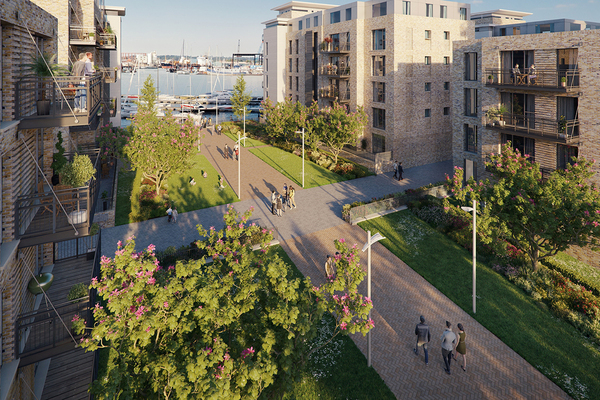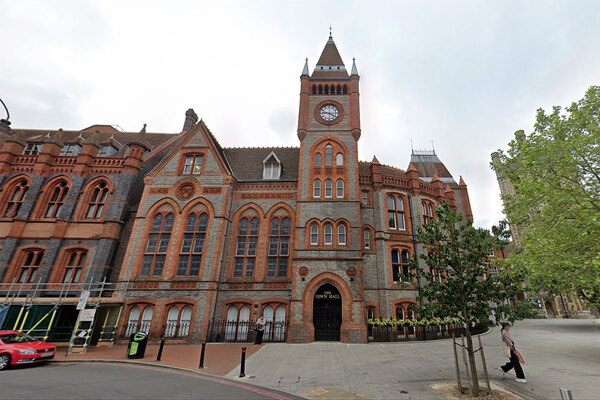Long term approach needed when working together
Housing associations and local authorities can benefit from collaborative partnerships, says Fraser Wells at Durkan
Article written by:

It could be said that local authorities and housing associations are in the middle of a perfect storm. Their budgets are shrinking while the demand for housing continues to rise. During times like these, it is often tempting to seek out a quick fix by selling off land or housing stock to generate income. But what happens in the longer term once these assets are gone?
As a developer and contractor working in partnership with local authorities and housing associations, at Durkan we are starting to see a shift in approaches to managing assets and income generation.
Instead of the quick fixes, the focus is now on the long-term future, with an emphasis on innovative funding and delivery methods that provide a greater return on investment. The case studies we have chosen to highlight in the following pages demonstrate a few of the ways this can be achieved.
For the London Borough of Wandsworth, it was a case of liberating the locked-in value of a derelict site to fund the creation of much-needed primary school places. The land in question was already earmarked for development so the borough transferred it to Durkan on long leasehold in order to facilitate the housing development and kick-start the cross-subsidy process.
Once the school was fully funded, a profit-sharing arrangement was entered into on the sale of the apartments built on the derelict site. This means that any income beyond a specified threshold is split between the partners at an agreed ratio.
For Aylesbury Vale District Council (AVDC), the innovation comes in the shape of a commitment to help finance the scheme. Using more favourable lending rates for the capital required, AVDC has been able to improve its bottom line by making a loan to the project at commercially advantageous rates, thereby securing a return on its investment in the scheme. This, along with a decision to retain ownership of the commercial units, generates a long-term source of income to fund future services.
“The council has been able to improve its bottom line by making a loan to the project at commercially advantageous rates.”
For changes and innovations such as these to be successful, there needs to be a commercialisation of development teams within public organisations, so that those in strategic roles can focus on the bigger picture.
Often bringing this level of expertise and experience in-house is costly in terms of both time and money, so many housing associations and local authorities are turning towards private businesses to facilitate those changes.
This is why ‘partnership’ has become a bit of a buzzword recently. Too often, though, it can be perceived as simply selling off land to a developer for a quick return. However, when a public-private partnership is initiated in the true sense of the word, it becomes the strategic enabling
of two or more parties to work collaboratively on a solution that will deliver value in the short, medium and long term.
At Durkan, we have found this level of partnership to be beneficial to all parties. By fully engaging with partners at the start of the process, housing organisations and local authorities can benefit from our experience and expertise throughout.
Fraser Wells, managing director, housing partnerships, Durkan









